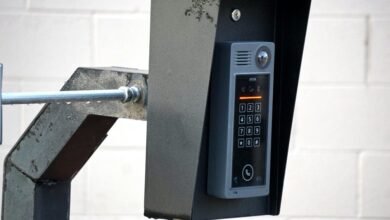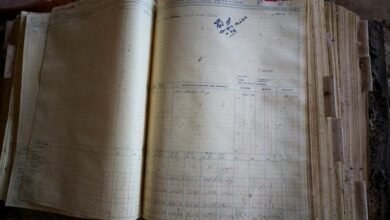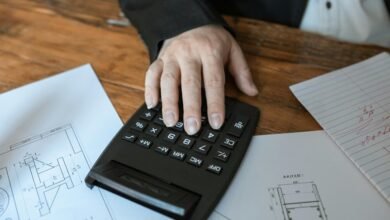Investigating 3236067842, 7133537813, 5034546007, 2164422271, 7168461064, 2056058455

The investigation of the numbers 3236067842, 7133537813, 5034546007, 2164422271, 7168461064, and 2056058455 reveals important mathematical and telecommunications insights. Each number presents unique properties that can inform patterns in usage and geographical distribution. Furthermore, their divisibility and composition are crucial in understanding computational theory. This analysis could lead to significant advancements in optimizing communication services, sparking further inquiry into their implications.
Analyzing the Number 3236067842
The number 3,236,067,842 presents an intriguing subject for analysis due to its considerable magnitude and distinctive properties.
Examining its number patterns reveals potential uses in fields such as mathematics and data analysis. The structure of this number, including its divisibility and digit composition, can provide insights into numerical relationships and applications, enhancing understanding of larger concepts within mathematics and computational theory.
Insights on 7133537813 and 5034546007
Analyzing large numbers can provide valuable insights into their mathematical properties and potential applications.
The phone number origins of 7133537813 and 5034546007 reveal geographic distributions, influencing call frequency patterns. Understanding these numbers enables telecommunication experts to optimize routing and identify trends in usage, contributing to service efficiency.
Thus, they represent more than mere digits; they encapsulate complex societal interactions and communication behaviors.
Exploring 2164422271, 7168461064, and 2056058455
How might the examination of numbers such as 2164422271, 7168461064, and 2056058455 reveal underlying patterns in telecommunications?
Analyzing these sequences can be instrumental in uncovering details about their origins and usage. By tracing origins, researchers can identify trends in communication methods and consumer behavior, ultimately providing insights that empower users and enhance transparency in an increasingly interconnected digital landscape.
Conclusion
In conclusion, the examination of the numbers 3236067842, 7133537813, 5034546007, 2164422271, 7168461064, and 2056058455 reveals intricate patterns that extend beyond mere numerical values. As the adage goes, “Numbers never lie,” underscoring the reliability of quantitative analysis in understanding telecommunications trends and consumer behavior. By delving into their mathematical properties, valuable insights can be gained, ultimately enhancing the efficiency of communication services and guiding future research in data analysis and computational theory.




